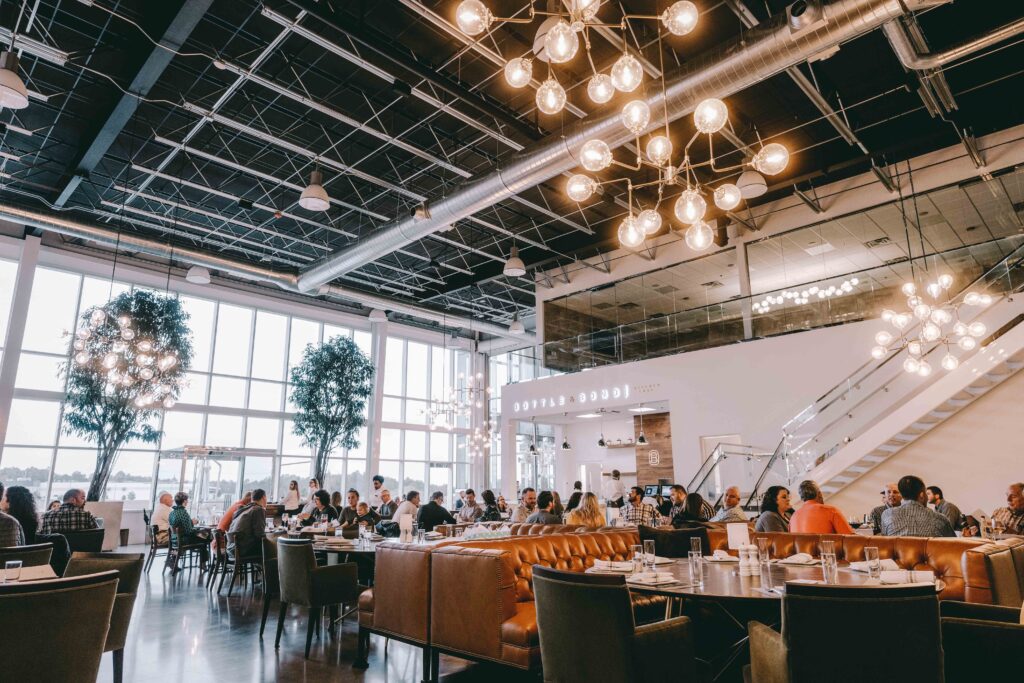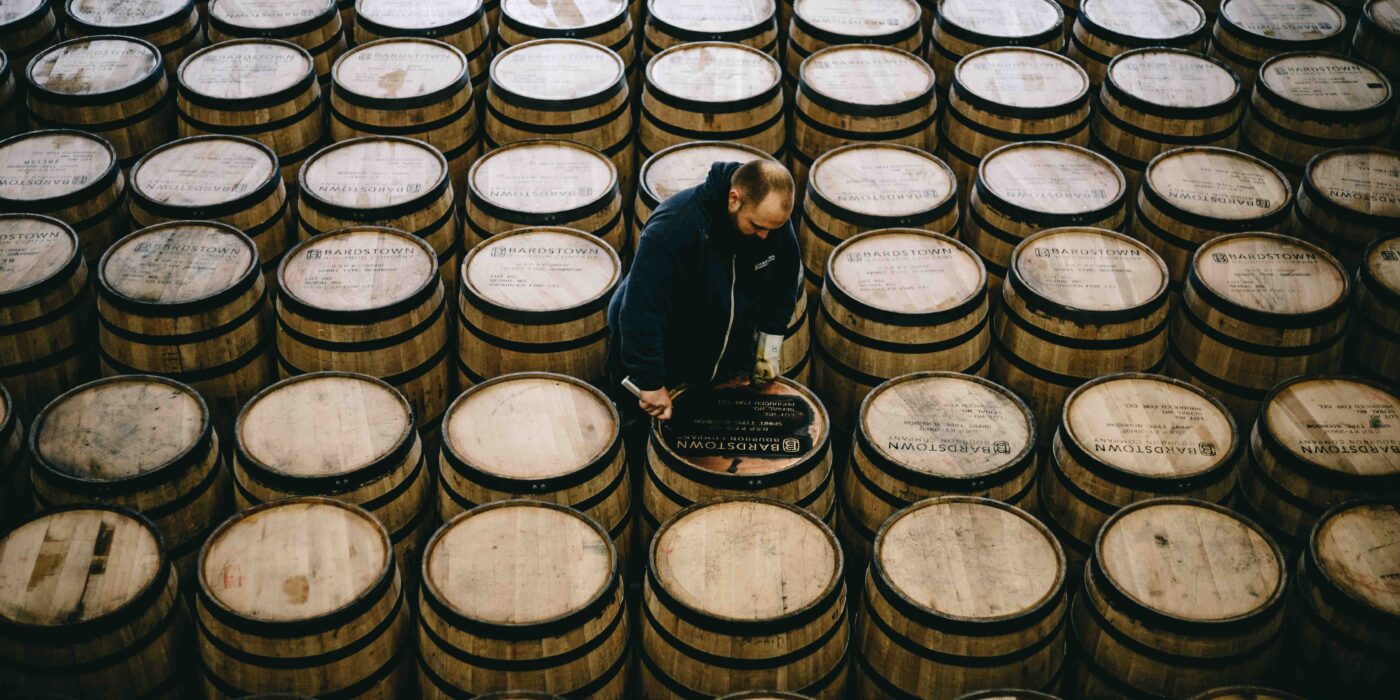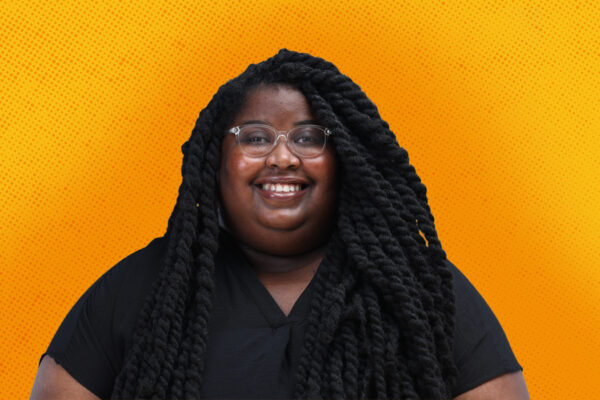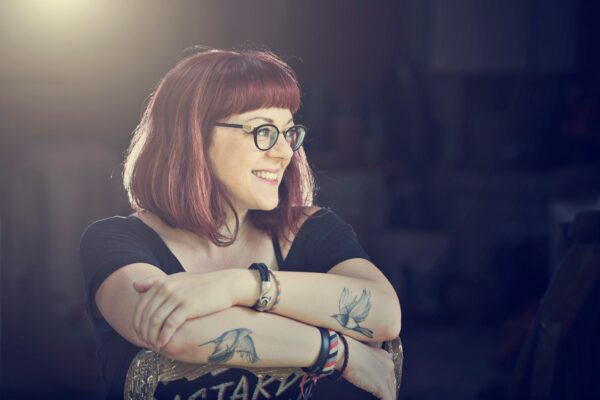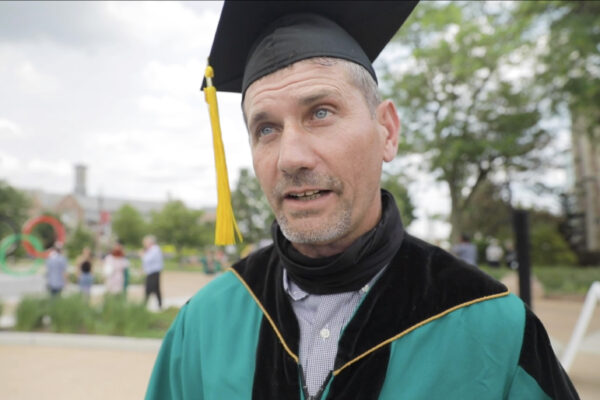In a business famed for slow and patient aging, it’s been a meteoric rise.
Just six years ago, former WashU roommates David Mandell and Daniel Linde stood on a rolling cornfield at the eastern edge of Bardstown, Kentucky. Today, the 100-acre site is home to their Bardstown Bourbon Company, already one of the world’s largest bourbon distilleries.
“We made an early decision to go big,” says Linde, AB ’96 (economics), co-founder and former chief financial officer. “It was a risky decision, but it also gave us some advantages. In this short period of time, we’ve made so much bourbon and gotten so much experience that we’ve quickly honed a style.”
“People think that spirits is a fun, sexy industry,” says Mandell, AB ’96 (history), co-founder and former CEO. “They think it’s easy. But at the end of the day, you have to create an emotional connection between the consumer and the product. And that’s very, very hard.
“You just can’t force it.”
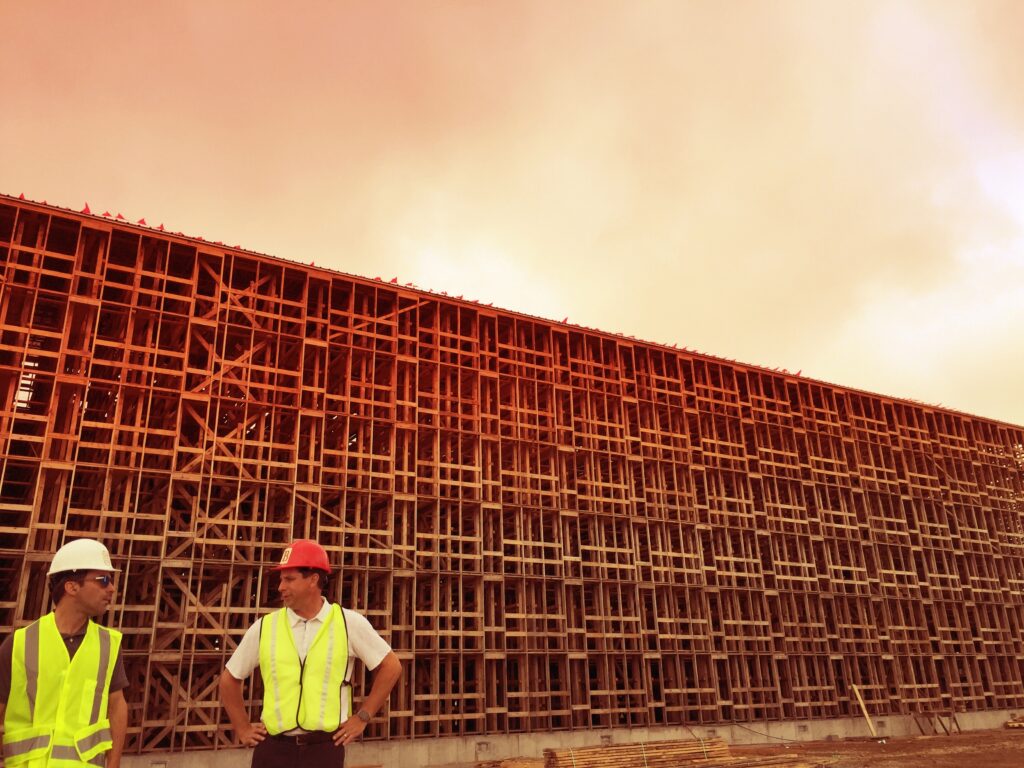
Transparency and authenticity
Located about 40 minutes southeast of Louisville, Bardstown is a historic, pre-Civil War town of approximately 14,000. It is also, as locals like to boast, “the bourbon capital of the world.” Six distilleries are located inside city limits. Jim Beam is a few miles west, Maker’s Mark a short drive south.
In all, Kentucky is home to nearly 70 distilleries making 95% of the world’s bourbon. And the industry is booming. According to the Kentucky Distillers’ Association, over the last decade, jobs, payroll, capital investment and tax revenue have all roughly doubled. Bourbon now contributes $8.6 billion annually to the state economy.
“There is huge demand for Kentucky bourbon,” Mandell says. He points out that, in just the next five years, Kentucky distillers will invest $2.3 billion in new and expanded facilities. “Everybody is looking at where the market is headed.”
Much of that demand is driven by international growth — primarily in Europe, but with rising markets in Asia, India and South America. Yet demand also reflects a generational shift in consumer ideas about quality, authenticity and the value of local production.
“Distillers used to be fiercely secretive about what they were making,” Linde explains. But just as the farm-to-table movement brought new transparency to haute cuisine — emphasizing regional crops, traditions and connections to the land — today’s consumers “want to know the story of where your product comes from.”
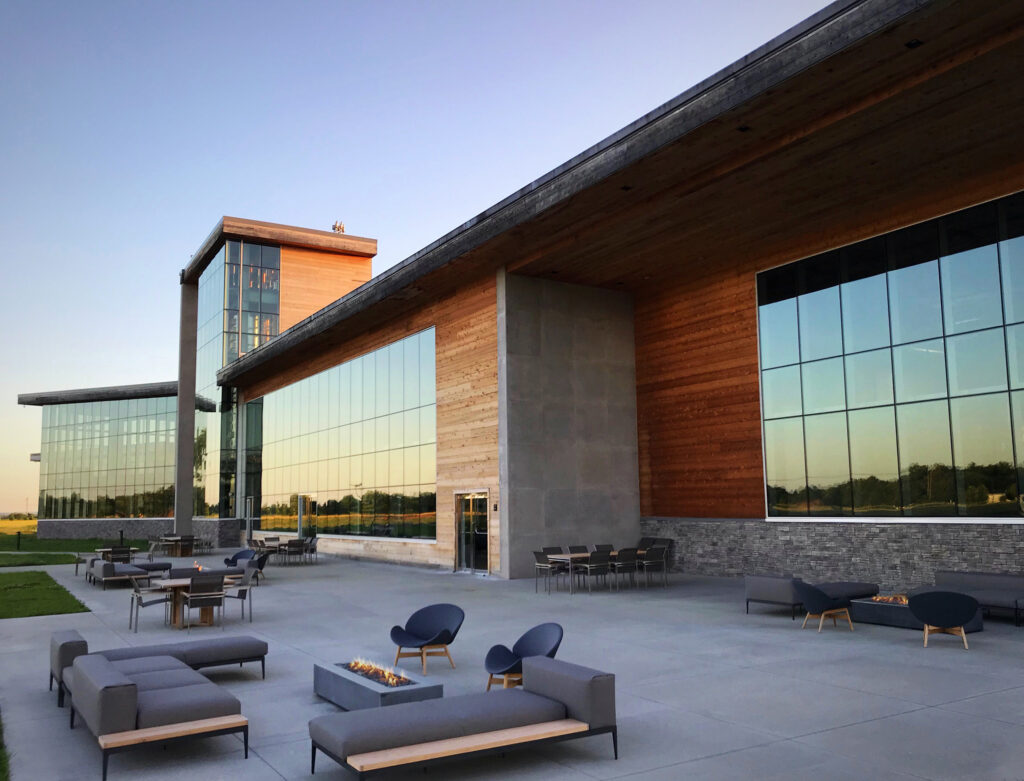
A niche in the market
Historically, many bourbon brands have not operated distilleries. Instead, they’ve worked with a relative handful of large distillers to source bourbon by the barrel. Brands could then age, blend, re-cask and otherwise finish products to their own specifications.
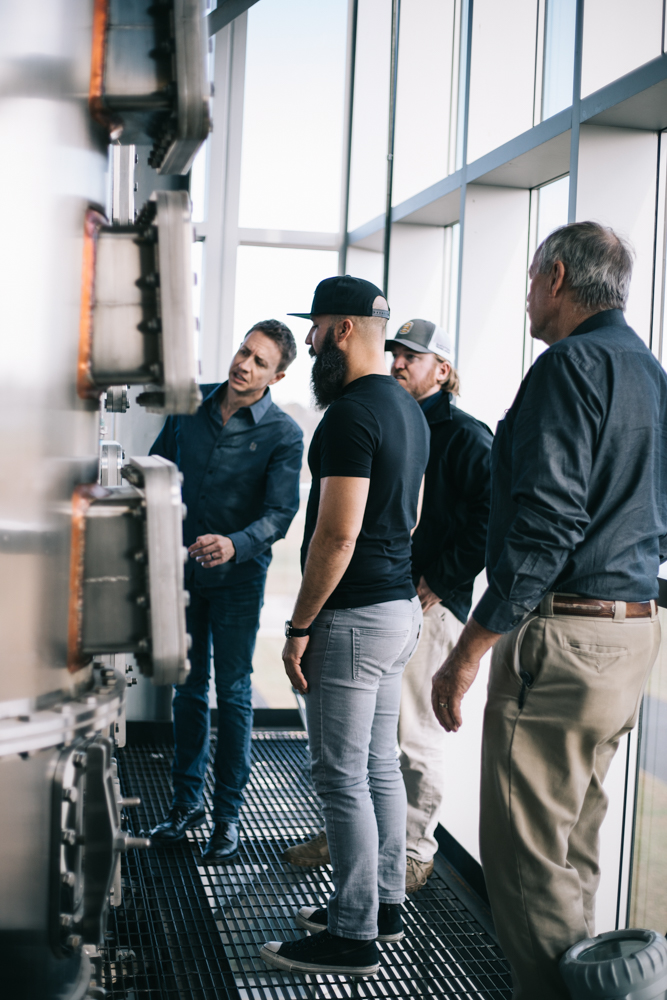
But such arrangements often left non-distilling producers with little say in the basic components of grain or barrel selection. Meanwhile, as bourbon boomed, many large distillers found themselves with less and less excess capacity.
“We saw a niche in the market,” Mandell recalls. He and Linde had broken into spirits in 2006 with p.i.n.k., a premium, guarana- and caffeine-infused vodka. After selling the company in 2009, the pair spent a few years as consultants but soon were ready to open their own shop again.
Bardstown Bourbon was formed in 2014, started construction the following year, and began distilling in 2016. “We sold out the first 25,000-barrel capacity before we finished building,” Mandell says. “That gave us the cash to grow.”
Today, Bardstown Bourbon has more than quintupled capacity, to 130,000 barrels per year, with nearly 400,000 barrels aging in 12 warehouses. The key to that growth has been the company’s collaborative distilling program. Working with dozens of domestic and international brands, Bardstown is able to customize production and source grains from across Kentucky, the Midwest and the nation — even from the cornfields on their own Bardstown property.
“There’s a tremendous amount of innovation in whiskey right now,” Linde says. “People are experimenting with flavored, organic and non-traditional grains, or charring barrels with lasers as opposed to flame.”
“We did one really unique mash bill with popcorn,” Mandell adds. “It just depends on what the customer wants.”
Raising the bar
Under its own label, Bardstown Bourbon has to date released 18 small-batch blends, in three distinct series.
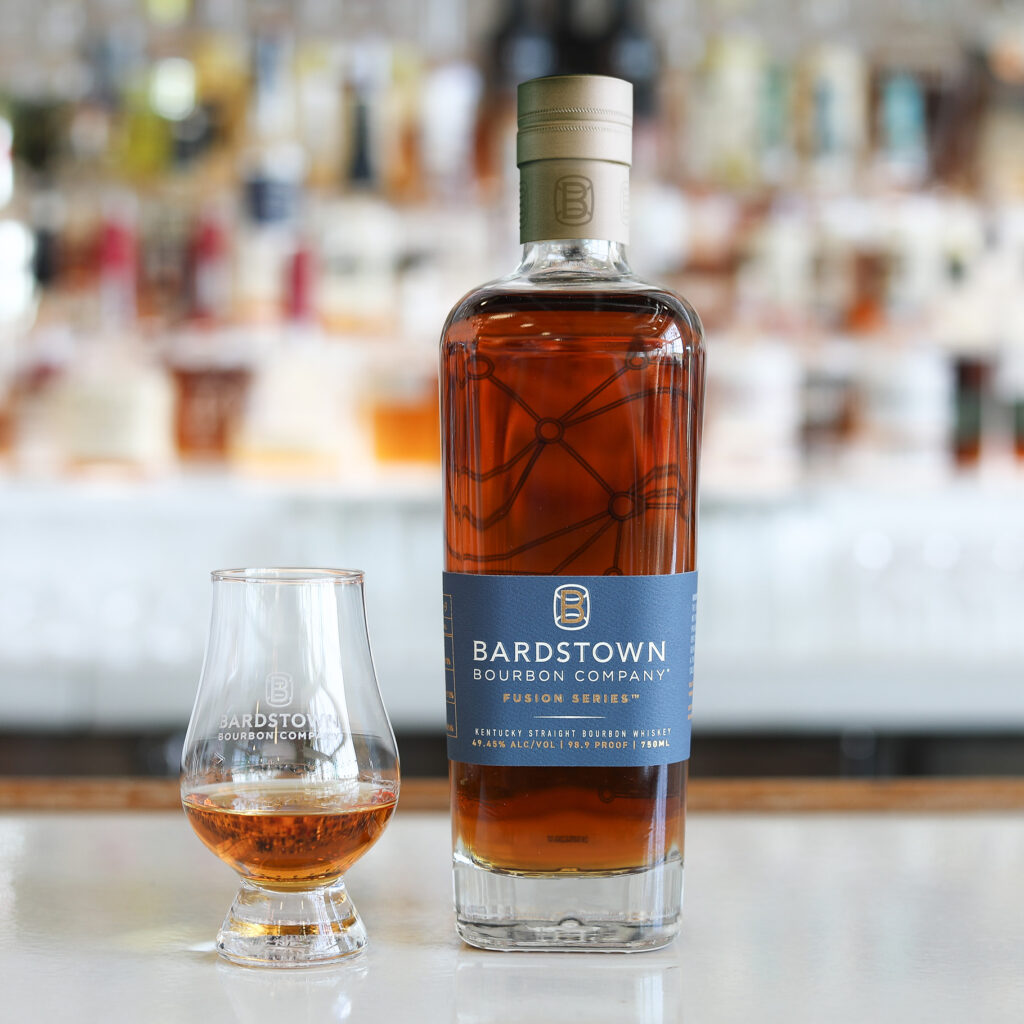
The Discovery Series mixes a variety of bourbons, primarily from Kentucky and all aged at least 10 years. The Fusion Series combines aged Kentucky bourbon with three- and four-year-old bourbon distilled on-site, in proportions that change as Bardstown Bourbon’s own stock continues to mature. The Collaborative Series finishes aged bourbons from Kentucky, Indiana and Tennessee in barrels from The Prisoner Wine Co., Copper & Kings brandy, Goodwood Brewing and other partners.
“Bardstown Bourbon is still quite young,” Linde says. But situated in the bourbon capital of the world, the company has been able to recruit some of the best talent in distilling. “In the coming years, as more and more of our bourbon is released, I think you’re going to see — and taste — a unique product.”
Just last month, Bardstown Bourbon opened a new $17 million bottling facility. Meanwhile, at the on-site restaurant, The Kitchen & Bar, executive chef James-Stuart “Stu” Plush works with local farms and regional suppliers to create contemporary takes on classic Kentucky dishes.
Still, growing a new spirits brand is challenging. “You’re basically asking someone to stop drinking one thing and to start drinking something else,” Mandell observes. “What is your opportunity to actually make that change?
“As the business evolved, our strategy has been to create a more immersive visitor experience,” Mandell continues. He points out that in a typical, non-pandemic year, Bardstown draws tens of thousands of whiskey lovers through the Kentucky Bourbon Festival (which Mandell chairs) and as a major hub along the Bourbon Trail.
“Night after night, Dan, myself and the team we’ve put together are in the restaurant, taking people on tours, doing it over and over again — for years,” Mandell concludes.
“But I think we’ve created a place and an experience that have raised the bar for everybody.”
